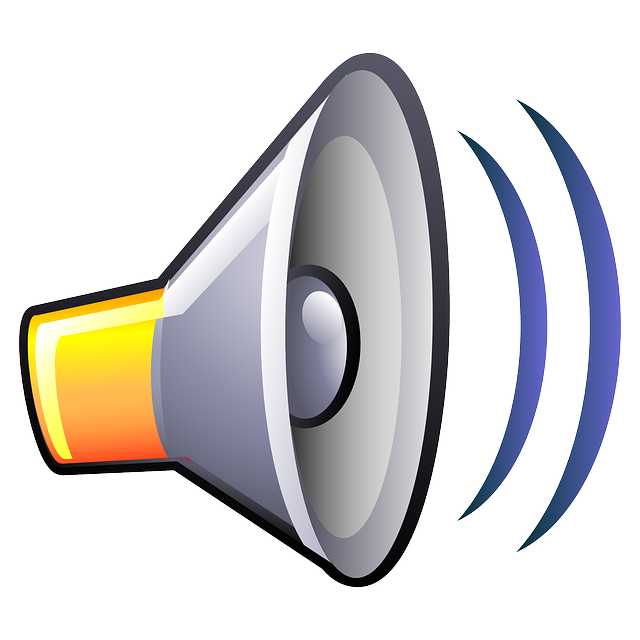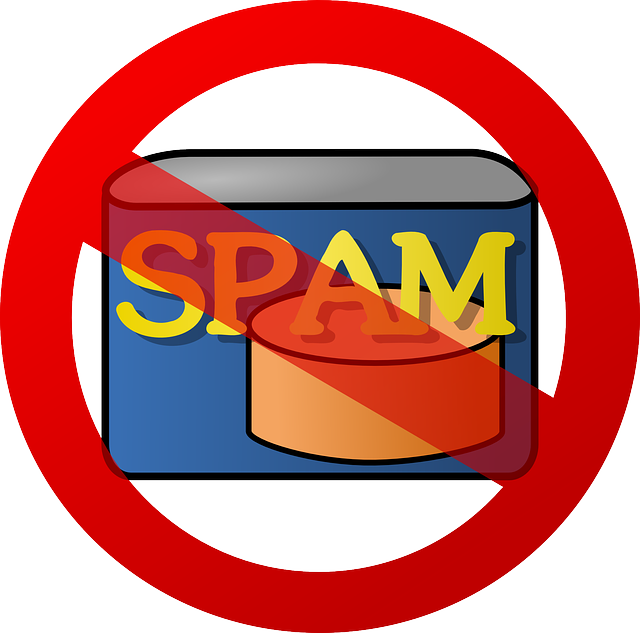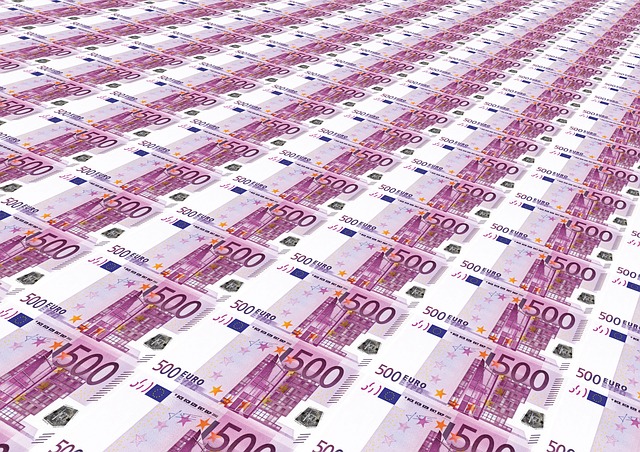
TL;DR: Below, you’ll learn how Twitter.com is fighting to reduce abuse of the network by Spammers and advertisers looking for a free ride. Knowledge is power – read on to become part of the signal, rather than getting filtered out as part of the noise.
Twitter is a valuable social network. The chronological timeline has proved invaluable in all manner of situations – especially unfolding crises in which other forms of communication break down.
Consider, for example, the various revolutions in the Middle East’s Arab Spring. Or the 2014 civil rights protests in Ferguson, MO. In each case, news broke on Twitter which the mainstream media was completely ignoring … or possibly even willfully censoring.
But Twitter is noisy. You need to hunt down the messages you want to see most. Curation services are a huge help … but many people stick to Twitter.com and the official Twitter app. On these platforms, a significant component of this noisiness is Twitter Spam. This manifests in many ways:
- Follow-Spam. An account on Twitter follows you. Twitter notifies you via an app notification or an email. You read it and see the follower’s Profile Blurb. This is a free ad for the follower.
- Mention-Spam. Have you ever tweeted something, then gotten an almost-immediate response? You read the reply, but it is meaningless gibberish, often containing a URL. This is almost Mention-Spam.
- Favorite-Spam. This remainder of this article focuses on this phenomenon …

How Favorite Spam Works Today
Twitter has an excellent public API. It has enabled countless third-party applications to leverage Twitter data and provide value to people in weird and wonderful ways. But there’s a dark side, too. Many third-party tools sitting on top of Twitter now engage in the black art of “Auto-Favoriting”. On behalf of their users, these services seek out “relevant” tweets from prospective new followers, and Favorite them on a user’s behalf.
Suppose Bob Favorites a tweet written by Jennifer. This is – in essence – a free mini-ad for Bob, which Jennifer might see. Assuming Jennifer hasn’t turned off Favorite notifications in her Twitter settings, she gets a little app notification or an email from Twitter. This includes Bob’s profile blurb. “Oh, Bob favorited my tweet. He must like what I have to say!”
Not so fast. Bob may have fave’d Jennifer’s tweet for legitimate reasons (see below). But it’s also possible that Bob has signed up for an automated service (let’s call that service ShinyNewFollowers.com). This is typically an online service promising to ‘automagically’ gain lots of new followers for Bob. Crazy really, when gaining authentic followers is easy.
Perhaps, then, it was ShinyNewFollowers.com that Favorited Jennifer’s tweet for Bob. Why? Because Bob’s a “social media expert” (ugh) who is looking to grow his Twitter following. And Jennifer said something about social media in her tweet. That correlation alone might be enough.
Jennifer sees the notification about Bob’s Favorite. “… Hrmmmm. Bob Favorited my tweet, and he’s a “social-media expert”? Ok, he might say something interesting some day.” Let me Follow him just incase.
Gah! Mission accomplished by ShinyNewFollowers.com. Here’s the process in a nutshell:
- Bob signs up for ShinyNewFollowers.com.
- ShinyNewFollowers.com Auto-Faves dozens of tweets per day on Bob’s behalf (this is Favorite Spamming).
- Bob gets a steady stream of new followers as a result.
- Bob perceives that ShinyNewFollowers.com has brought him value.
- Bob pays money to ShinyNewFollowers.com.
- WIN! For ShinyNewFollowers.com.
- LOSE for Bob … and Jennifer … and the countless other new connections being made on Twitter every day by Auto-Favoriting services like ShinyNewFollowers.com.
Jennifer and Bob probably have next-to-nothing in common. In time, this connection will prove to be of low value. Jennifer will not find Bob’s tweets engaging, and will eventually unfollow him. Un-Score.
But why has this spamming technique become so prevalent? I believe it’s because because Favorites on Twitter are free (or low-cost) to the Favoriting user. They are a weak signal. They are the SEO “rel=nofollow” of the Twitter World. And they are being abused to act like a free advert. This adds noise and fluff to an already-busy Twitterverse.
Above, I said “because Favorites on Twitter are free”. I should have said “Because Favorites on Twitter were free.” Read on, dear friend.
Possible Solutions to Favorite Spam
How can Favorite Spam be eliminated? Here are some possible strategies Twitter could adopt:
- (1) Remove favorites/create from Twitter API v1.1 altogether.
This is impractical and dangerous as a strategic move: it’s not just Spammers who are using this API call to Favorite tweets. Removing it would likely paralyze hundreds of honest, legitimate 3rd-party services built on the Twitter API which provide “added value” to Twitter users every day.
It’s possible, of course, that lots of “legitimate 3rd-party service” engage in Favorite-Spamming in addition to providing valuable services which don’t constitute Spam. That makes it hard for Twitter to sort out “who’s who” at an API level.
- 2) Impose a strict daily limit on Favoriting
This has similar problems to point (1) above. Some 3rd-party services are legitimately favoriting large numbers of tweets for their user-base. Crippling their activities could provoke a strong backlash against Twitter by bona-fide 3rd-party apps and their users.
- 3) Increase the cost of Favoriting a tweet to the Favoriter.
I believe that Twitter has adopted precisely this 3rd strategy in an attempt to combat such Twitter Spam. I also think it’s a brilliant tactic. Below I’ll explain how – and why.

Twitter Has Subtly Changed Your Timeline.
Favorites are now being (selectively) Re-tweeted to your followers by Twitter. You can’t control whether they do this – or which of your Favorites Twitter decides to Re-Tweet. Twitter makes the decision. Fair play. It’s their platform.
The upshot of this change is that any tweet that you Favorite could potentially be shown to your followers. In other words, the cost of Favoriting a tweet has been increased – significantly. The result? People need to start being careful about which tweets they Favorite.
Many users seem angry: “Twitter, stop showing me tweets from people I don’t follow!” And so on, and so forth. To an extent, I think these users have a point.
In a related pair of tweets, Twitter’s former-CEO Dick Costolo attempted to address these complaints. He said that Favorites were selectively shown when a user pulls-to-refresh their timeline twice or more and there’s nothing new to show them from the pool of users they currently follow.
This makes sense. 2x refresh means a user wants more content. So … why not dig deeper into their surrounding content network?
It’s a bit tricky though: if this is the only time Favorited tweets are being Re-Tweeted to a user … why are so many users angry at the appearance of Favorites on their timeline? Here’s how I see it. Either:
- The faves are being shown more widely than Costolo suggests, or …
- Re-tweeted Favorites just aren’t a quality source of “extra content” for those users who are (indirectly) requesting it.
Either way, my belief is that Twitter’s (unstated) strategy in this change is to combat this Favorite Spam on Twitter.
Why is Re-Tweeting Favorites a Good Anti-Spam Measure?
Re-tweets are not free. They are the bona-fide SEO backlinks of the Twitter World. They send link-juice.
When I Re-Tweet a tweet, I am lending my audience to the tweet’s author. My followers get to see that author’s original tweet. Some of them might click through to the link in that tweet.
That could drive traffic to the author’s web-properties, and so on. That’s link-juice. And that’s valuable. You’re careful about which tweets you Re-tweet, right? And so you should be. All Twitter.com is doing is trying to make Favorites feel a bit more like Re-Tweets. Generally, we all need to be a bit more discriminating in what we choose to Favorite from now on.
If you’re a real, engaged Twitter user and you use Favorites for Bookmarking, all of this is probably ok. You Favorite an interesting piece of content. Perhaps you’re planning on reading it later. As such, I think it’s reasonable to assume that your followers might be interested in reading it, too.
If you’ve Favorited someone’s tweet as a result of a conversation you’re having with them on Twitter … again – no problem. It probably won’t get Re-Tweeted to your followers. The data scientists working at Twitter are more than smart enough to know which of your Favorites to Re-tweet … and which to leave alone.
The bigger effect of all this is to discourage people from using Auto-Favoriting services to obtain new Twitter followers through Spammy techniques. Score! But why does this work? Let’s dig a little deeper.
How Re-Tweeting Favorites Lowers Twitter Spam
Let’s suppose that Bob is engaging in authentic, Bone-Fide tweet Favoriting. He didn’t sign up for ShinyNewFollowers.com. As per my argument above, I don’t think that seeing some of Bob’s Favorites on my timeline will add to the “noise”.
If, on the other hand, Bob signs up for ShinyNewFollowers.com, it will Favorite lots of tweets for Bob. Alas, these Faves probably have little relevance to the topics that attracted me to Bob’s account in the first place (and which were the reason I chose to follow him).
Now, I keep seeing these low-quality, irrelevant tweets in my timeline. That’s Twitter Spam! Bob’s spammy activities are now being exposed to his followers. He’s adding noise to my timeline! As a result, I’m more likely to unfollow Bob.
The net result? Bob’s following starts to drop. At this point, he can do two things:
- 1) Up the ante on ShinyNewFollowers.com – replacing more and more real, engaged followers with low-quality followers found through the service’s spammy tactics. Or …
- 2) Bob can get wise. He can unsubscribe from ShinyNewFollowers.com completely. This will save him money, and will reduce Twitter Spam for everybody.
I’ll wager that the folks at Twitter HQ are hoping to see more of (2) than of (1). By Re-Tweeting some Favorites, Twitter aims to marginalize all these spammy Auto-Favoriting services – by exposing them for what they are.
And what are they? They are cheap parlor-tricks – little more than snake oil. Net result? The ecosystem improves for everybody. Twitter Spam goes down, and the signal-to-noise ratio on Twitter goes up for you and me. And Bob. And Jennifer. And everyone else using Twitter for legitimate knowledge-discovery.
OK, I get it. Favorites have changed. This sucks!
I understand that this changes the semantics of Favorites on Twitter. Until recently, they were a pseudo-private dataset. It’s true: anyone can see the tweets I’ve Favorited by visiting my profile and digging down into that list. In reality, though, most people visiting my profile won’t take the time to visit my Favorites list. My Tweets? Yes, sure. My Replies? Quite possible. My Fave’s? Hrm, unlikely.
But in the light of this change, my Favorites are nonetheless a bit less hidden than before. Anything I add to my Favorites list might be shared with (ie Re-Tweeted to) my followers by Twitter.com. In effect, then, Favorites have gone from being almost 100%-hidden to being substantially more visible.
This is a shift. As we have already seen, it will annoy some users who Favorite tweets for legitimate reasons. But we don’t live in a perfect world. Twitter Spam is a real problem.
In the wake of its IPO in 2013, Twitter now needs to focus on engagement, churn and user activation. An important way to do that is by combating abuse of the network. I believe that’s what this change to Twitter Favorites is all about.
It’s ironic: this change – which is designed to reduce Spam on Twitter – has led to many users accusing Twitter itself of Spamming their timeline. Seems like they’re shooting themselves in the foot, right?
I suspect, however, that Twitter has done the math. They’ve concluded that curbing Favorite Spam is a bigger deal than alienating what is probably a minority of active Twitter users. This, especially if the long-term effect is to reduce Twitter Spam overall.
Of course, I could be entirely wrong about all of this ;o)
Conclusion
In summary, with this new experiment, Twitter is simply saying:
“HEY! Careful what you Favorite. Your followers might see some of your Favorited tweets. Don’t just favorite hundreds of tweets willy-nilly, in the hope of gleaning new followers. That’s Twitter Spam. And it’s against our Terms of Service.”
WIN WIN! Twitter gets less noisy and spammy. Engagement levels across the board go up. Do you have an opinion on the article above? Please comment – I’d be happy to hear from you.
(Kind thanks go to Ralph Corderoy for reading a draft of this post.)
I’m a software-engineer turned entrepreneur, and I care deeply about helping people find meaning on Twitter. As a solo-programmer, I built a Hashtag Tracking platform for Twitter users to find the most important content on the network. It can be used to filter your timeline, or for Lead-Generation on Twitter. You can even monitor news on the financial stocks you invest in.
